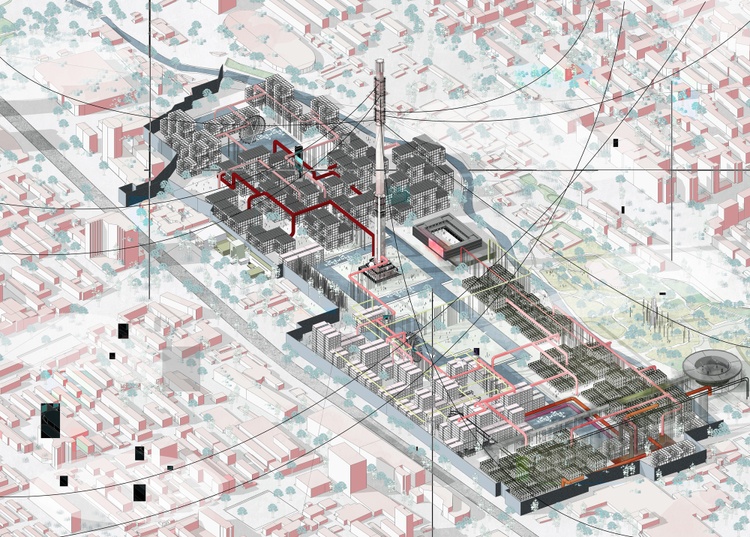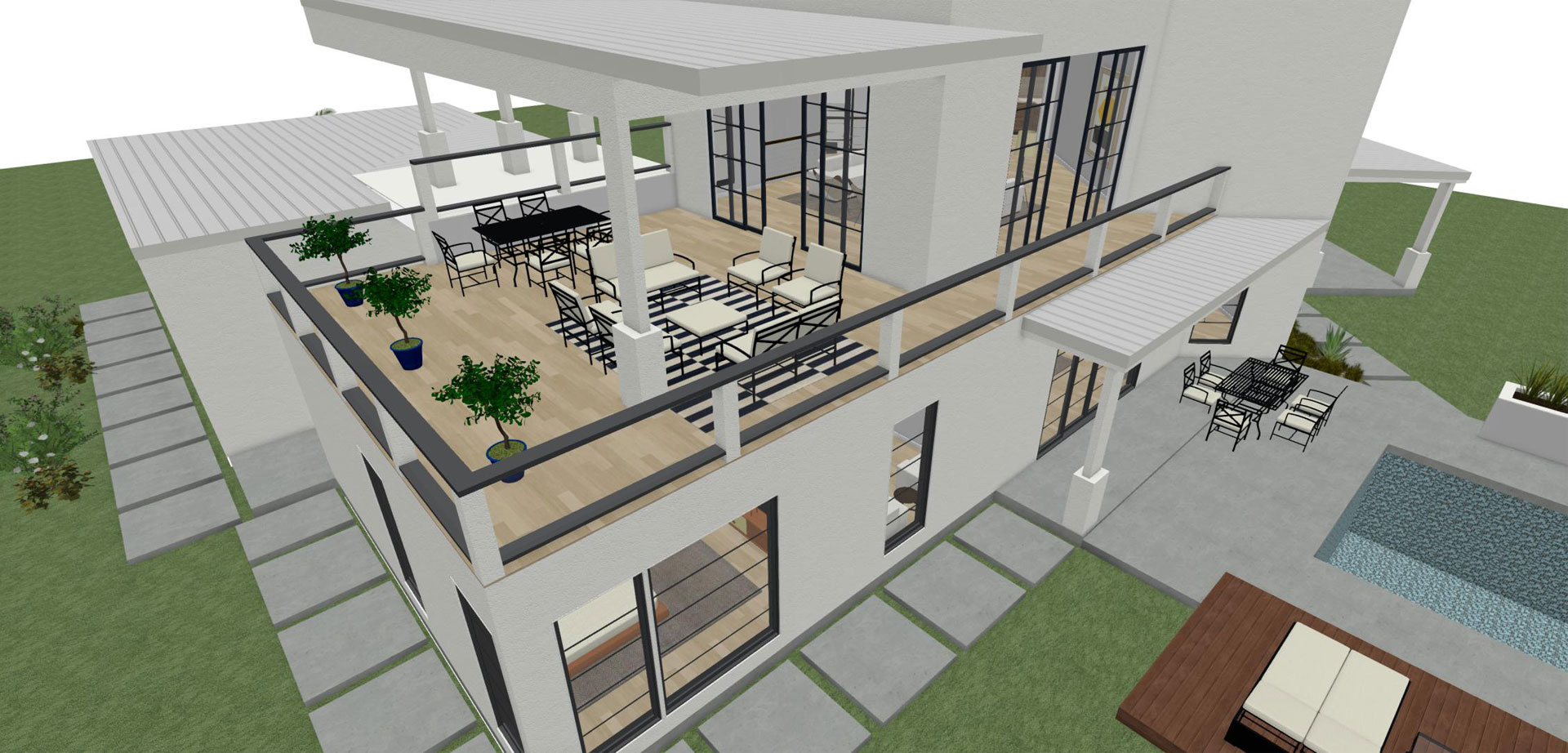Understanding the Collaborative Refine In Between Architects and Engineers in Modern Building Projects
The collective process between engineers and designers is vital in contemporary construction projects, as it integrates style intent with engineering usefulness. Checking out these dynamics reveals understandings that might considerably impact task results and overall sector requirements.
The Significance of Collaboration
The joint synergy in between architects and designers is vital for the successful understanding of any type of construction project. This partnership combines distinct expertise and point of views, making it possible for the integration of ingenious style with practical engineering solutions. By interacting, architects and engineers can ensure that a job not just fulfills visual and functional needs but also follows security, sustainability, and budgetary restrictions.
Partnership promotes a common vision, facilitating the placement of goals and assumptions from the outset. This positioning is crucial in resolving potential obstacles and mitigating dangers that could develop during the task lifecycle. Moreover, a collaborative technique enables the reliable allowance of sources, optimizing both time and expense.
The importance of partnership includes the repetitive procedure of design and construction, where feedback from designers can notify building decisions, resulting in more viable and lasting styles. On the other hand, designers can influence engineers to think creatively about exactly how to attain structural honesty without jeopardizing artistic intent. Eventually, the collaborative partnership between designers and designers is not simply advantageous; it is fundamental to the development of top quality, useful, and innovative built atmospheres that satisfy the needs of culture.
Communication Strategies and Devices
Effective communication methods and devices are essential for promoting cooperation between engineers and engineers throughout the project lifecycle. Establishing clear channels of communication is important to make sure that all team members are lined up with task purposes, timelines, and responsibilities. Regular conferences, both in-person and digital, supply chances for stakeholders to talk about progress, address concerns, and make notified decisions.

In addition, adopting collaborative communication devices, such as Slack or Microsoft Teams, enables for instant messaging, file sharing, and continuous discussions, advertising a more agile feedback to emerging concerns. Record management systems additionally play a vital role in organizing job documentation, making certain that all group members have access to the most recent details.
Shared Objectives and Project Vision
An unified task vision functions as the foundation for successful collaboration between engineers and engineers (cda architects). This common vision not just aligns the initiatives of both celebrations yet also establishes a common structure for decision-making throughout the job's lifecycle. By articulating clear objectives, stakeholders can properly navigate the intricacies of contemporary building and construction tasks, making certain that both visual and useful needs are fulfilled
Developing common objectives includes open discussion and a complete understanding of each technique's payments. Engineers usually focus on design intent, spatial relationships, and customer experience, while designers highlight structural integrity, systems functionality, and compliance with guidelines. When these perspectives are lined up, the result is a cohesive task that follows both innovative goals and technical feasibility.
In addition, a distinct job vision fosters liability amongst team members, urging each participant to take ownership of their duty in accomplishing the desired end result. Routine check-ins and collaborative workshops can further enhance this commitment, allowing for changes to be made as the project advances. Eventually, a shared vision not just improves teamwork however also boosts the high quality of the last deliverable, causing successful job completion.
The Duty of Technology
Leveraging modern technology has come to be necessary in enhancing cooperation between designers and engineers. The combination of advanced software application devices assists in real-time interaction and info sharing, making it possible for teams to function more effectively and properly. Building Details Modeling (BIM) stands out as an essential look at here now modern technology, enabling both engineers and designers to create in-depth 3D versions that envelop design intent and architectural integrity. This shared aesthetic depiction decreases misunderstandings and enhances the decision-making procedure.
In addition, cloud-based systems allow seamless collaboration, allowing task stakeholders to accessibility and upgrade job data from anywhere. This cultivates a culture of transparency and responsibility, as adjustments can be tracked and assessed in real-time. In addition, mobile applications additional enhance interaction, giving on-site teams with immediate access to task requirements and updates.
Emerging technologies such as man-made knowledge and artificial intelligence are additionally starting to play a role in anticipating evaluation, helping groups determine potential problems before they emerge. Eventually, the role of modern technology in architecture-engineering collaboration not just improves workflow performances however additionally improves innovation, bring about more effective project end results. By embracing these technical developments, engineers and engineers can make certain a more natural and productive collective procedure throughout the building lifecycle.
Instance Studies in Effective Partnerships
Various study show the extensive impact of reliable collaborations between designers and designers on click for source project results. One remarkable example is the cooperation on the High Line in New York City City, where landscape architects, engineers, and city planners collaborated to change a deserted rail line into a lively public park. This multidisciplinary strategy not only improved the visual high quality but additionally made certain structural safety and environmental click to read sustainability.

The Burj Khalifa in Dubai additionally shows the value of collaborative efforts - cda architects. The integration of style and design know-how allowed the job team to attain extraordinary heights while adhering to safety and security guidelines and aesthetic vision
These examples emphasize the significance of communication, trust fund, and shared goals. In today's complex construction setting, such partnerships are important to browsing difficulties and delivering jobs that meet both useful and visionary goals.
Verdict
In conclusion, the partnership in between engineers and engineers is vital for the success of modern-day construction jobs. Efficient interaction strategies, a shared job vision, and the combination of innovative technologies are vital elements that promote this collaboration.
Comments on “Why CDA Architects Are Leaders in Architectural Design and Innovation”